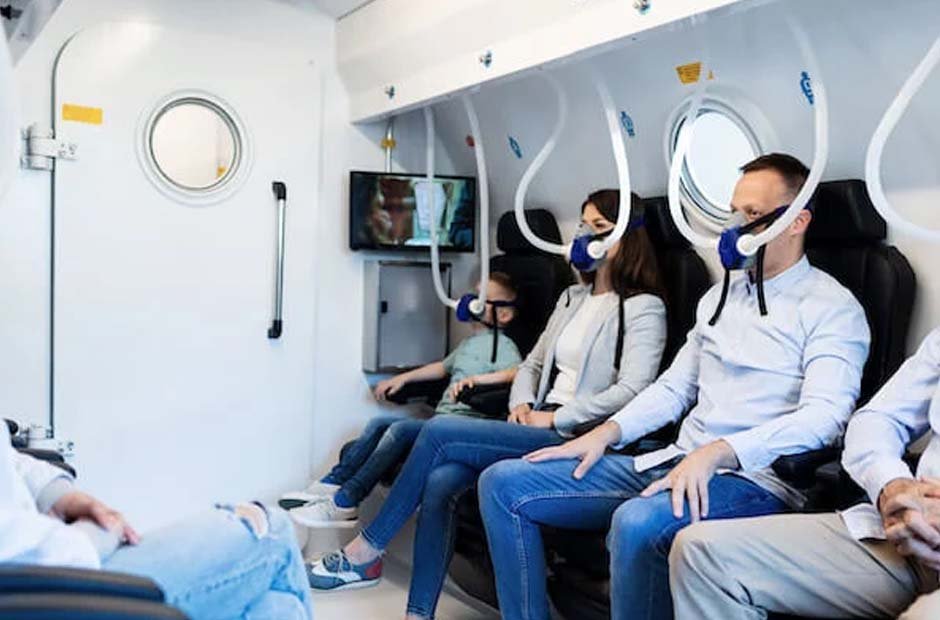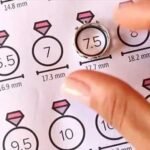Hyperbaric oxygen therapy, or HBOT, may benefit patients who have experienced a stroke. This treatment requires prior approval, and patients should visit facilities approved by the Undersea and Hyperbaric Medical Society. The increased pressure patients experience during hyperbaric treatment enables more oxygen to enter the body’s tissues, enhancing healing in the body. Here is more information about strokes and how HBOT can help in stroke recovery:
The Impact of a Stroke
A stroke is a severe and life-threatening condition that requires immediate medical attention. A stroke occurs when a blood clot or plaque buildup hinders oxygen and blood flow to specific brain areas. When left unaddressed, a stroke can lead to damage or death of brain cells. A stroke may contribute to memory loss, limited mental capacity, and loss of muscle control. Strokes can also cause pain, difficulty speaking, and emotional issues.
What Is Hyperbaric Oxygen Therapy?
Hyperbaric treatment exposes patients to pure oxygen in a chamber with increased air pressure. Patients can enter a monoplace or multiplace chamber, depending on the resources of the chosen treatment center. A monoplace chamber accommodates a single person receiving treatment. A multiplace chamber allows several patients to simultaneously receive treatment in the same chamber. The walls of monoplace HBOT chambers are made of clear acrylic so patients can see the HBOT specialists outside the chamber. Before entering a monoplace chamber, patients replace their street clothes with a cotton gown and remove all accessories and phones. Multiplace chambers have a lower air pressure and allow patients to breathe pure oxygen through a hood or mask.
How Does Hyperbaric Oxygen Therapy Aid in Stroke Recovery?
During a stroke, blood flow to some brain regions is disrupted, leading to oxygen deprivation. HBOT chambers allow the lungs to take in more oxygen than normal atmospheric pressure. This treatment can enhance oxygenation and boost healing in stroke patients. Here are more of the ways this oxygen therapy can help with stroke recovery:
Enhanced Tissue Oxygenation
HBOT increases the amount of dissolved oxygen in the blood. This allows oxygen to reach those brain areas with restricted blood flow. Oxygen therapy can be beneficial in the penumbra. The penumbra is the area of brain tissue surrounding the core of the stroke where blood flow is reduced but not completely blocked. By enhancing oxygenation in the penumbra, hyperbaric oxygen therapy can help salvage at-risk brain tissue and prevent its progression to irreversible damage.
Enhanced Neuroplasticity
Exposing damaged brain tissues to pure oxygen can facilitate an increase in neuroplasticity. Neuroplasticity is the process of developing new neural connections and pathways. Oxygen therapy can foster the brain’s ability to rewire and reorganize neural connections. By enhancing neuroplasticity, HBOT aids in the recovery of motor skills, speech, and other neurological functions affected by strokes.
Reduced Swelling, Inflammation, and Oxidative Stress
Strokes can trigger an inflammatory response and increase oxidative stress in the brain, contributing to more tissue damage. Due to the high oxygen supply, HBOT can suppress the release of pro-inflammatory substances like cytokines. HBOT also helps neutralize reactive oxygen species and enhances antioxidant capacity, minimizing oxidative stress and inflammatory response. By reducing inflammation, HBOT can help create a more favorable environment for recovery and tissue repair. HBOT can help reduce brain swelling or edema, improving neurological function and facilitating healing.
Improved Wound Healing
Some strokes can cause skin ulcers or other wounds by reducing patients’ physical mobility and sensation. HBOT has been used to aid in wound healing by improving tissue oxygenation and promoting collagen formation. The increased oxygen availability can also promote angiogenesis, which is the formation of new blood vessels, which aids in wound healing.
Pain Management
People who have experienced a stroke can experience chronic pain in the affected limbs or other body areas. HBOT can potentially treat chronic pain conditions, including complex regional pain syndrome and central post-stroke pain. Hyperbaric oxygen therapy can help modulate pain signals and alleviate pain symptoms. This treatment can reduce pain associated with the compression of nerves and other pain-sensitive structures.
Schedule an Appointment for Hyperbaric Treatment
Hyperbaric chamber treatment can help manage the effects of strokes, like pain, inflammation, wounds, and swelling. HBOT increases oxygenation and blood flow to affected tissues, improving tissue recovery. Book an appointment in a facility with approved, medical-grade hyperbaric chambers. HBOT specialists at these facilities can create personalized treatment plans, monitor your progress, and address your questions and concerns.
















